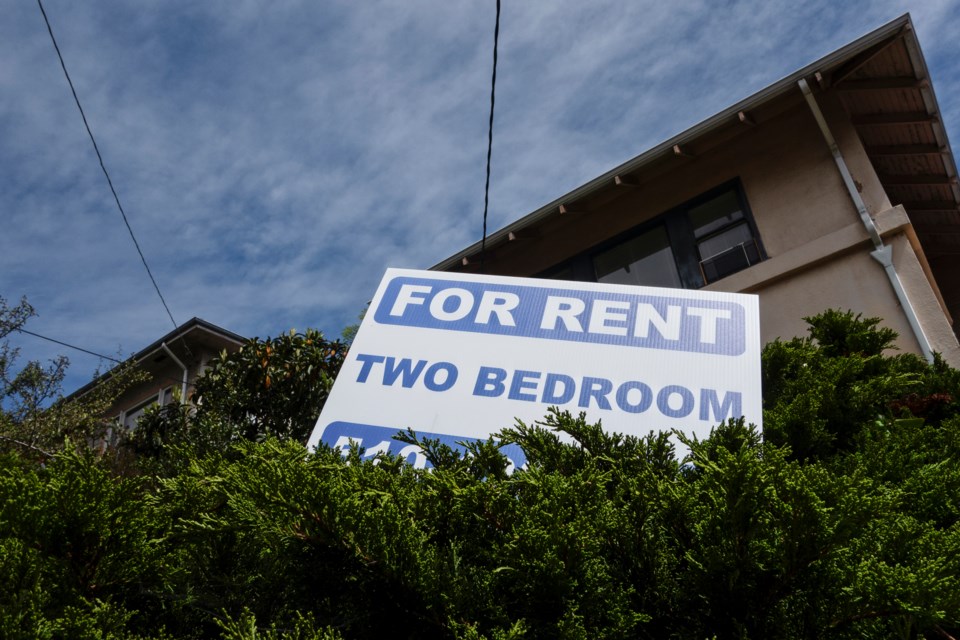B.C. price inflation bucked the trend in December, but not in a good way. Despite the GST tax holiday, inflation in the province increased to 2.6 per cent year over year, compared to 2.3 per cent in November. This was far above the national CPI inflation rate of 1.8 per cent. Excluding and energy, B.C. prices jumped to 3.2 per cent, from 2.4 per cent. On a full-year basis, the B.C. inflation rate was 2.6 per cent in 2024, down from four per cent in 2023.
Elevated shelter prices were partly to blame for December’s gain. Year over year, shelter prices increased by 4.8 per cent, accelerating from 4.6 per cent in the prior month. While rent eased on a monthly basis, year-over-year growth increased in December to 6.8 per cent. In addition, services prices remained sticky, growing by 4.3 per cent year over year in December after the 3.3-per-cent increase in November, with swift gains from hospitality and entertainment.
Gasoline prices showed no gains in December. Energy prices rose by 1.4 per cent while transportation costs were 2.1 per cent higher than a year ago. Food prices also increased 0.9 per cent year over year, with the GST break contributing to the significant deceleration in price growth. Goods prices rose by a minor 0.3 per cent.
Prices for items related to recreation, education and reading increased by 5.7 per cent in December following a price drop of 0.5 per cent, while alcoholic beverages, tobacco products and recreational cannabis prices rose by 1.2 per cent.
Retail spending in B.C. rose marginally by 0.4 per cent to a seasonally adjusted $9.1 billion in November. It was the highest monthly sales registered year to date in 2024, and managed to outpace a flat national performance. In November, year-to-date unadjusted retail sales were up 0.1 per cent to $98.2 billion. Year over year, unadjusted retail sales rose 1.9 per cent, which exceeded the national increase.
Six out of nine subsectors in B.C. recorded higher year-over-year unadjusted November retail sales. Motor vehicle and parts dealers reported a 12.5-per-cent year-over-year increase in sales in November to $2.2 billion. Clothing, clothing accessories, shoes, jewelry, luggage and leather goods retailers also saw a monthly year-over-year increase of 5.7 per cent to $858 million. Food and beverage retailers saw a 2.5-per-cent increase, reaching $1.9 billion.
Lower year-over-year sales were seen at gasoline stations and fuel vendors (down 16.3 per cent to $785 million) and furniture, home furnishings, electronics and appliances retailers (down 9.8 per cent to $600 million).
In Metro Vancouver, seasonally adjusted retail sales were up 0.4 per cent in November compared to October, rising to $4.6 billion. Year-over-year, monthly unadjusted retail sales were up 0.9 per cent, while year-to-date sales were also up 1.1 per cent in November.
Bryan Yu is chief economist at Central 1.





